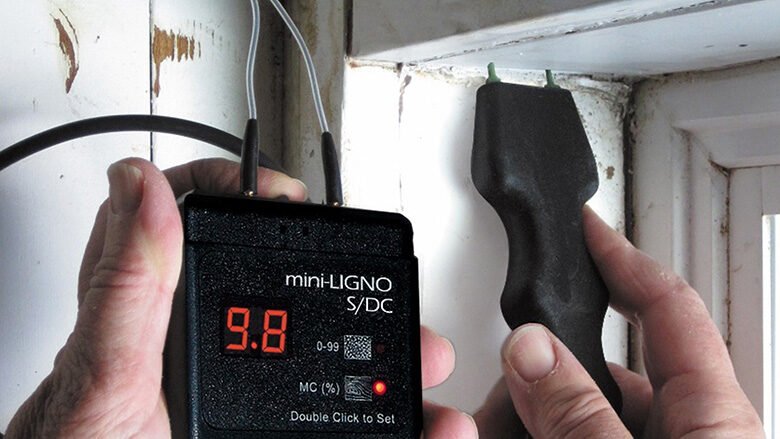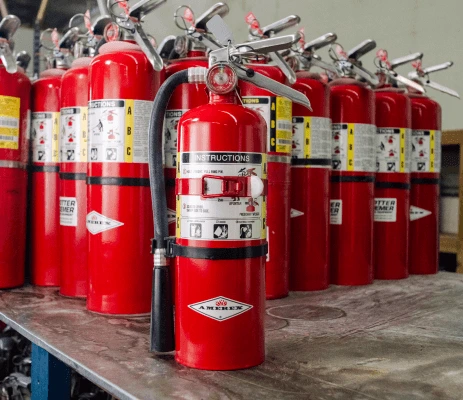Concrete is widely used in construction for its durability and strength. However, its performance is closely tied to its moisture content. Whether you are planning to install flooring, apply coatings, or evaluate curing conditions, checking moisture levels becomes essential. This is where a concrete moisture meter often comes into play.
Understanding Moisture in Concrete Slabs
Concrete is a porous material. Even after it appears dry on the surface, it can still retain moisture within. Flooring adhesives may fail, coatings can peel, and mold can develop if the slab still contains excess moisture. So, testing for moisture is a necessary step in construction and renovation.
How Do Concrete Moisture Meters Work?
These devices are designed to estimate moisture levels in concrete using different methods, each suited for specific conditions.
- Pin-type meters:
- Use two metal probes to measure electrical resistance.
- Higher moisture reduces resistance.
- Provides localized readings.
- Pinless meters:
- Electromagnetic signals to scan the surface.
- Non-invasive and does not damage the slab.
- Measure moisture up to ¾ inch in depth.
Both types are useful for quick, on-site measurements.
Accuracy of Concrete Moisture Meters
While these meters are convenient, their accuracy depends on multiple factors. Most standard meters measure only the surface or a shallow depth of the slab. Since moisture can remain trapped deeper inside, the meter may not always reflect the total moisture content.
Pinless meters typically measure moisture up to ¾ inch deep, while pin-type models can give more localized readings. Environmental conditions, such as ambient humidity or temperature, can also influence results. This means that while concrete moisture meters are helpful, they might not give a complete picture in all situations.
When to Use Concrete Moisture Meters?
Knowing when to rely on a concrete moisture meter helps ensure timely decisions and better surface preparation.
- Ideal for quick moisture checks during drying.
- Helpful in spot-checking problem areas.
- Useful for tracking moisture levels over time.
- Best used before applying flooring or coatings.
- For critical readings, consider additional tests such as:
- Calcium chloride tests.
- In-situ relative humidity (RH) tests.
Limitations and Considerations
While concrete moisture meters are helpful tools, they do come with certain limitations that users should keep in mind for accurate assessments.
- Surface-only readings may not reflect deeper moisture.
- Environmental factors like humidity and temperature can affect the results.
- Surface conditions (e.g., dust, sealants) may interfere with accuracy.
- The concrete mix type can alter the reading scale.
- Requires:
- Proper calibration.
- Use as per manufacturer guidelines.
- Multiple test points across the slab for consistency.
Conclusion
A concrete moisture meter is a useful tool for preliminary assessments and regular checks on drying progress. However, its readings should be interpreted with care. These meters offer surface-level insight, but they may not fully capture deeper moisture that could affect the long-term success of flooring or finishes. For projects where moisture content is critical, it’s best to pair meter readings with lab-based tests for a clearer picture.











Leave a Reply